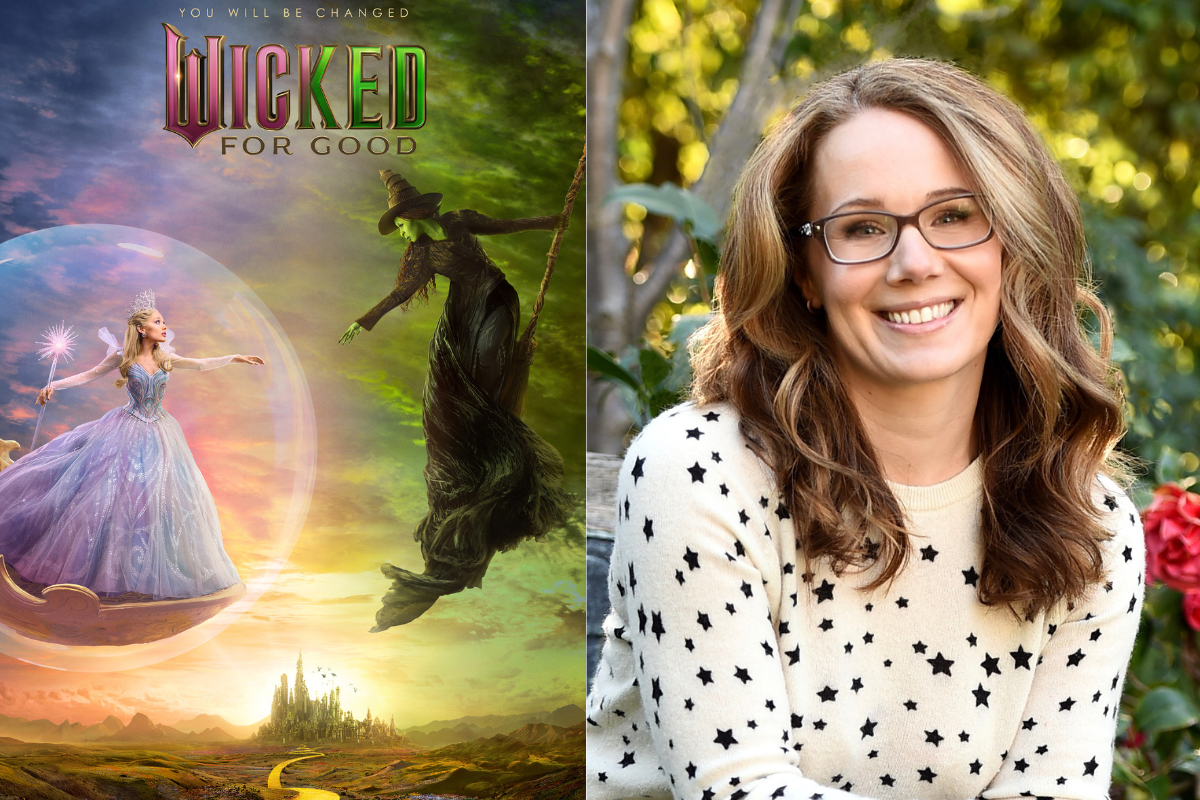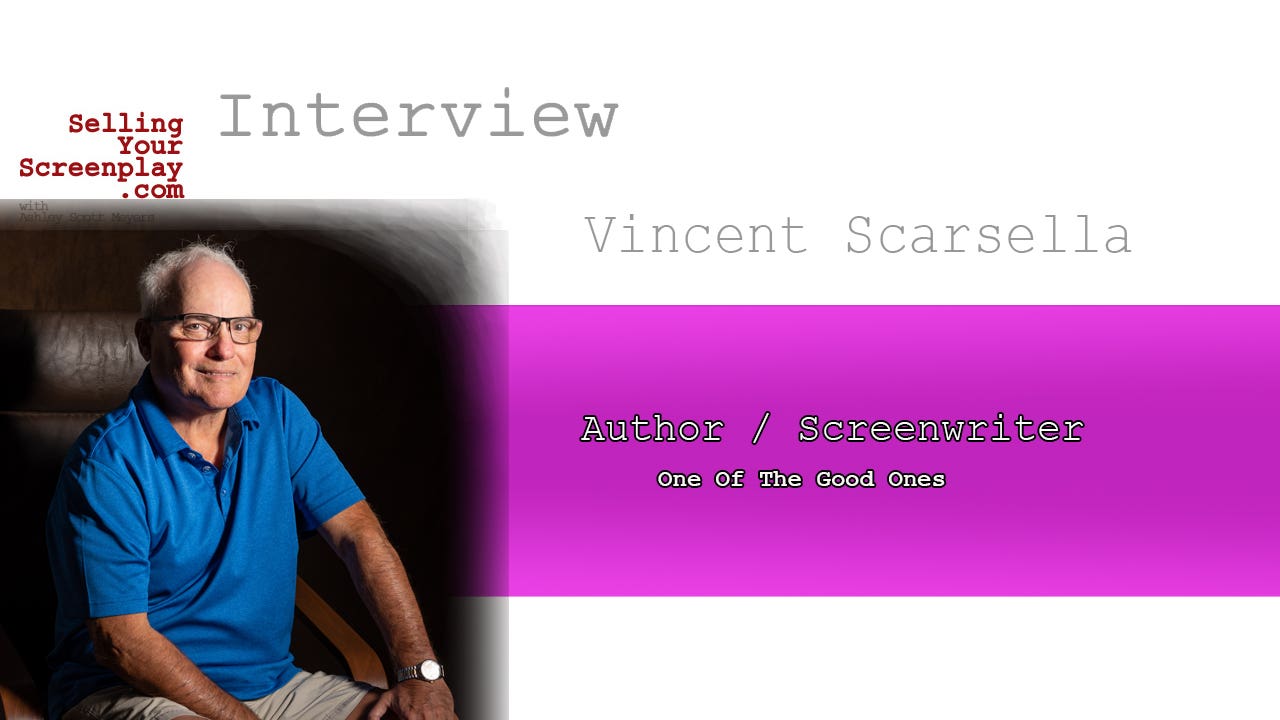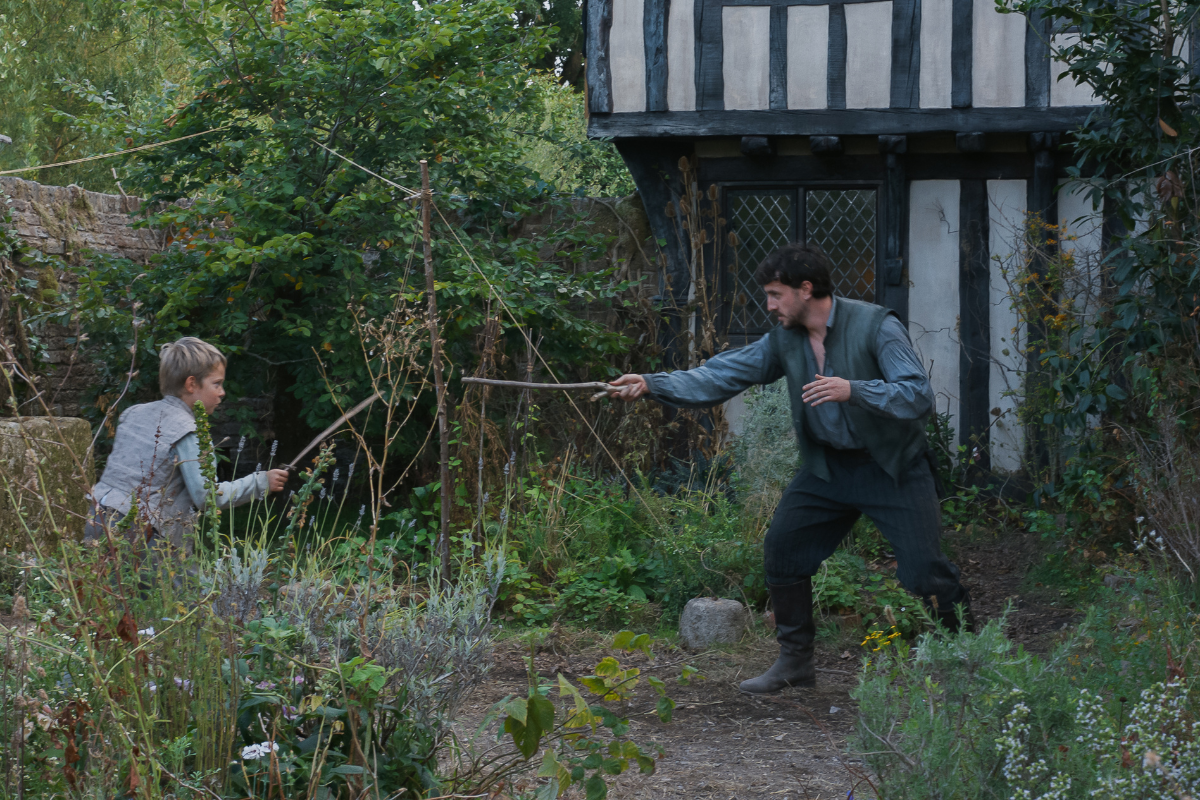INTERVIEW: Spencer Striker, PhD, on Turning History Into Entertainment
Screenwriters have been adapting historical stories for years, but Spencer Striker, PhD is using a new medium to bring history to life—a fully animated, interactive, narrative-driven digital book series.
"History is stranger than fiction." We've all thought that as we watch the History Channel, or read a nonfiction, historical book. Spencer Striker, PhD has as well, and created a unique digital book series to dramatize historical stories.
About Spencer Striker, PhD
Spencer Striker, PhD, is Associate Professor of Communication, specializing in Digital Media Design, at Northwestern University in Qatar. His creative work is organized around digital product design that embraces interaction design for mobile, digital media and learning, and entrepreneurship. He has taught at the American University in Dubai, (where he served as Coordinator of the Digital Media Program), the University of Wisconsin at Whitewater, (where he co-founded the Media, Arts, and Game Development Program), and Indiana University at Bloomington. His projects have garnered some of the highest awards in the digital media field, including the Webby. Striker’s work has also been featured at major national and international conferences, including selections to the 2017 Web Summit in Lisbon, the 2018 Step Conference in Dubai, and the 2019 Tokyo Slush Startup Showcase. His newest work is History Adventures, World of Characters - a fully animated, interactive, narrative-driven digital book series, whose purpose is to bring the pages of history to life, and ignite a lifelong interest for learning about history.
The Emotional Resonance of History
Script: Tell us about your historical series.
Spencer Striker, PhD: History Adventures, World of Characters is a fully animated, interactive digital learning product designed for tablet devices—as a way to engage students, and to ignite an ember of curiosity for learning about the past. Aside from the mobile entertainment design techniques we’re employing, a core product concept is the power of story. Our idea is to dust off the pages of history, and bring them to life, by focusing on compelling narratives… of “real” people, who lived in complex flashpoints of the human past, in different times and places around the globe, all of whom face perplexing, difficult choices whose fateful consequences they cannot possibly foretell.
Script: How are you seeing this as an effective teaching tool?
Striker: By framing the study of the past through the lens of fascinating characters and dramatic moments, we hope to inspire an emotional resonance, which will imprint in the mind of our readers, forming long-term memories and an emotional/visual impression of history that they will not soon forget!
Empires & Interconnections
Script: In your first book, History Adventures, World of Characters: Revolutions & Industrialization, you covered the years 1750 – 1900. Can you share insights into your newest project?
Striker: For our new product that we’re currently developing, History Adventures, World of Characters: Empires & Interconnections, we’re trying to tell the story of the world over a vast, transformative period concerning the three centuries from 1450-1750. We begin this scholarly/creative process by first trying to determine what are the major themes of the age, and where they are happening most vividly around the world. And then from there, our goal is to try to conjure and visualize characters at the crossroads of history—geographically, intellectually, culturally, and so on. Whose lives intersect profoundly with these broader themes of the age.
Script: Let's discuss this time period of the world, from 1450-1750, and the potential for compelling historical stories.
Striker: During this period of colossal change, the world got smaller. The age of exploration, gunpowder, and international trade took hold, like never before. Epic empires expanded, and followed trade routes—as European nations battled to control as much of the world’s wealth as possible. The dark side of this explosion of wealth and consolidated power and influence, meant enslavement and ruin for some, as Europeans unknowingly brought diseases that killed millions and meanwhile initiated the gruesome, inhumane Atlantic Slave Trade. Some nations remained autonomous and isolated, such as the Tokugawa of Japan—but this took huge effort to throw off this tide of increasing global interconnectedness.
A World of Characters
Script: The era you describe bursts with potential for conflicts and fascinating characters. Can you give us a glimpse into the characters you've created?
Striker: We strive to identify a key question that will confront each of our major characters, to connect them thematically, and to the broader themes of the age. For Empires & Interconnections, we have developed 6 characters—each of whom confronts the question: how to deal with this tidal sweep of rising empires, will they fold into this interconnectedness, or will they somehow resist?
We begin our journey in 1453, as Ioannina, a woman of Byzantine and Turkish ancestry, experiences the Ottoman Siege of Constantinople, led by Sultan Mehmed II. The battle hangs by a thread, but ultimately the ancient capital falls, heralding the final death knell of the Roman Empire, and the rise of the Islamic empires of the Middle East, whose control of this critical crossroads will push the emerging mercantile empires of Western Europe to search for a Western route to Asia.
Our next character, Luis Felipe Gutierrez, is a Spanish adventurer, who dreams of achieving wealth and glory in the New World—while spreading the word of God—as Columbus, Cortez, and Pizarro had done before him. In the disease-stricken, war-torn mountains and jungles of Peru, he finds instead madness, confusion, and death.
In 1619, we introduce William, a man forcibly brought to the new settlement of Jamestown in Virginia, by Portuguese Slave traders. Captured by English pirates in the Caribbean, William was sold along with 16 other Africans to the struggling Jamestown colony—and there he would be the first to confront an international slave trade that would last for centuries, and grip the lives of millions. On the other side of the world, in the Indian subcontinent, a Bengali tax collector must decide whether to remain loyal to the Mughal Emperor or side with the rapidly expanding British East India Company. We will find that our zamindar fails a moral test, and learns the true weather of his heart is villainy.
In Tokugawa Japan, a young woman, Fuyoko, is a key advisor to the powerful warlord, Tokugawa, who strives to achieve the first Shogunate. She will advise Tokugawa on how to deal with these strange, fanatical European missionaries: should we grant clemency, or should we deal with them harshly, and with violence, to stamp out their looming threat.
A Cross-disciplinary Team of Historians and Narrative Designers
Script: What's the process of choosing which characters to focus on and how you break the story?
Striker: The process for designing and developing our historical character narratives is always a fascinating, collaborative journey. We start by trying to answer the question: what is the spirit of the age, and who are the people who define it? We then composite together plausible historical characters—who are not famous, not kings or queens—but rather “real” people, living through extraordinary circumstances. Everything about our fictional non-fictional characters is rooted in historical research and plausibility. But then of course, it is empathetic projection and imagination that dusts off the pages of history, and brings these ancient people to life.
Script: Any advice for writers wanting to explore creating historical stories?
Striker: We must find the drama in a moment—an impossible decision, upon which everything rests. And this is where the story must jump off the page, when the reader will feel the emotion and high drama of living through an epic flashpoint of history.
Learn more about bringing historical stories to life in our on-demand webinar, The Historical Screenplay: Capturing the Reality of History
Top screenwriting and film publication, founded in 1989, published by Active Interest Media. Twitter: @scriptmag







